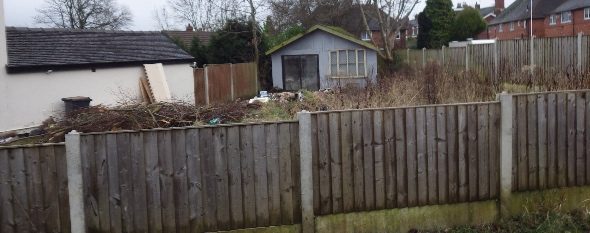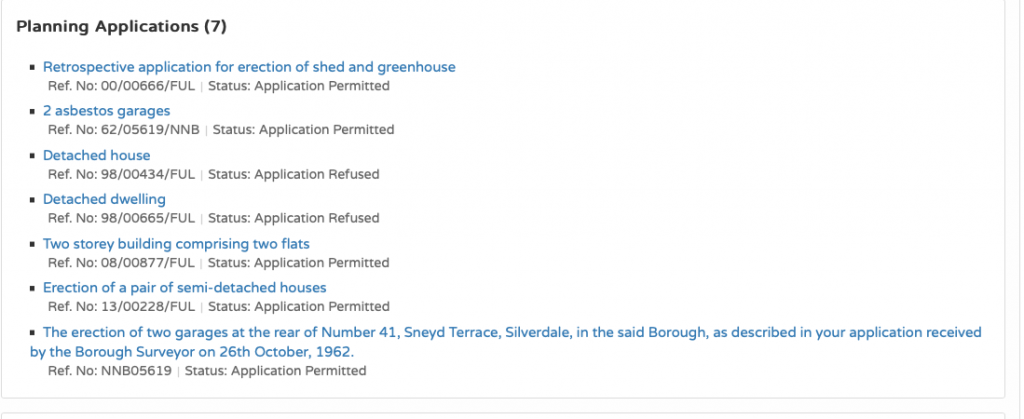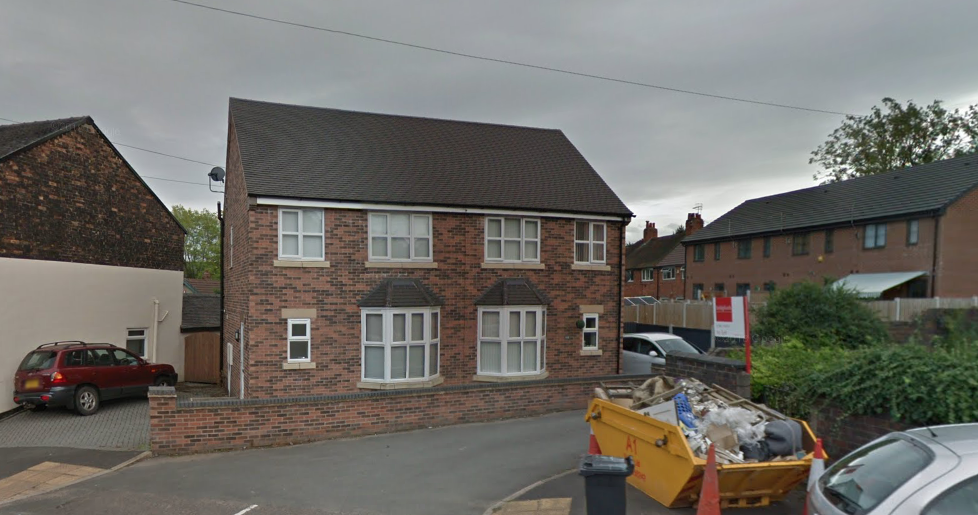Residential Development, Silverdale, Newcastle Under Lyme, Staffordshire
Case Study Reference: 14-01-09
Planning Authority: Newcastle Borough Council
Planning Reference: 13/00228/FUL and 13/00228/CN10
Synopsis:
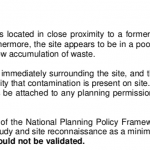 Given the sensitive nature of the proposed development and proximity of former residential garages a contaminated land planning condition was attached to the decision notice for the proposed development.
Given the sensitive nature of the proposed development and proximity of former residential garages a contaminated land planning condition was attached to the decision notice for the proposed development.
Demeter Environmental were commissioned to prepare reports that would be required to discharge the contaminated land planning condition, the first stage was the preparation of the Phase I desk study report.
A desk study determines what issues relating to historical contamination may affect the site, this is undertaken by reviewing the site history using a combination of O.S. maps, aerial, plates and street level imagery, a review of data held by regulatory bodies (Environment Agency, local authority, BGS etc.) as well as a site walkover survey.
The first stage of the preparation of the desk study report was to review the history of the site and the surrounding area using Ordnance Survey maps as well as aerial plates and street level imagery.
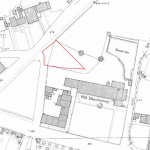
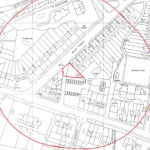 The review of the site history indicated the site had bene undeveloped until circa 1968 when two buildings were present on the southern area of the site. The first edition map identified a silk manufactory to the south of the site as well as a number of reservoirs where were subsequently in-filled. The later maps identified residential garages to the south of the site.
The review of the site history indicated the site had bene undeveloped until circa 1968 when two buildings were present on the southern area of the site. The first edition map identified a silk manufactory to the south of the site as well as a number of reservoirs where were subsequently in-filled. The later maps identified residential garages to the south of the site.
A review of the previous applications for the site revealed the buildings identified on site were garages.
Data provided by regulatory bodies identified a reservoir and other parcels of worked ground as potential sources.
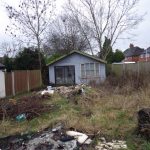
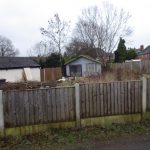 On completion of the desk based assessment a site walkover survey was undertaken, this revealed the site as forming part of the garden of the adjacent property
On completion of the desk based assessment a site walkover survey was undertaken, this revealed the site as forming part of the garden of the adjacent property
On completion of the walkover survey a qualitative risk assessment was undertaken in order to determine what the potential source so contamination were, based on feedback from the local authority further works were prosed to investigate the potential issues relating to the adjoining garages, rubble on site as well as the silk manufactory have impacted site soils.
The desk study report was submitted with 13/00228/CN10, once the proposals were accepted the Phase II investigation was undertaken.
The site investigation comprised of the excavation of a trial trench across the southern boundary as well as two trial pits on the site.
The geological sequence was recorded as made ground 8netween 0.3mbvgl to 0.7mbgl) underlain by clay. Samples of the made ground was taken and subject to chemical analysis which revealed that the made ground was impacted by lead, PAH’s as well as long chain aromatic hydrocarbons.
In order to break the pollution linkages associated with these contaminants of concern it was proposed that all made ground from garden / landscaped areas would be removed.
Once the proposals in the Phase II report were accepted the methodology of how the remediation will be undertaken (Phase IIIa Implementation plan) was required, this was prepared and also submitted with 13/00228/CN10, the report was accepted and the condition discharged.

